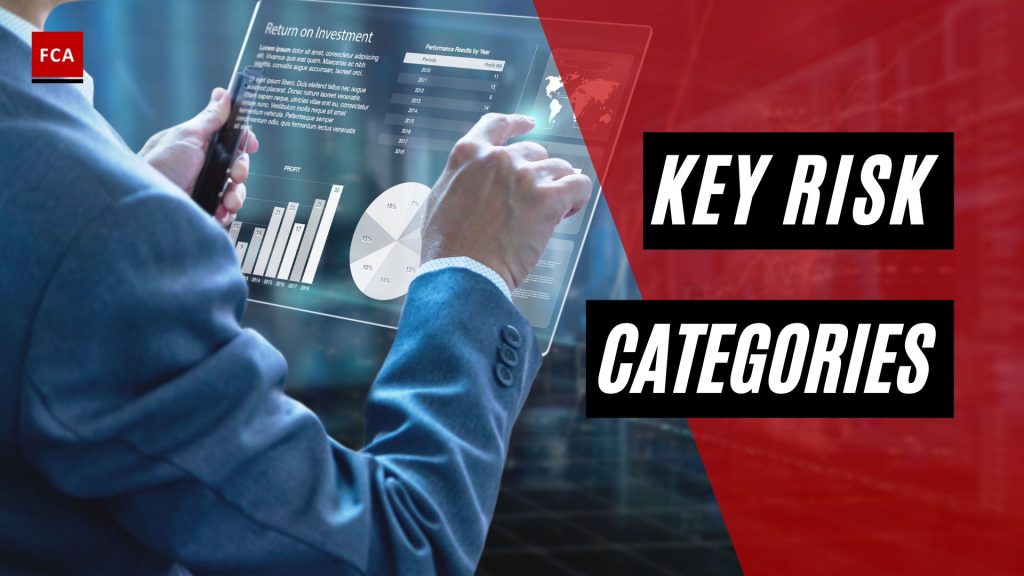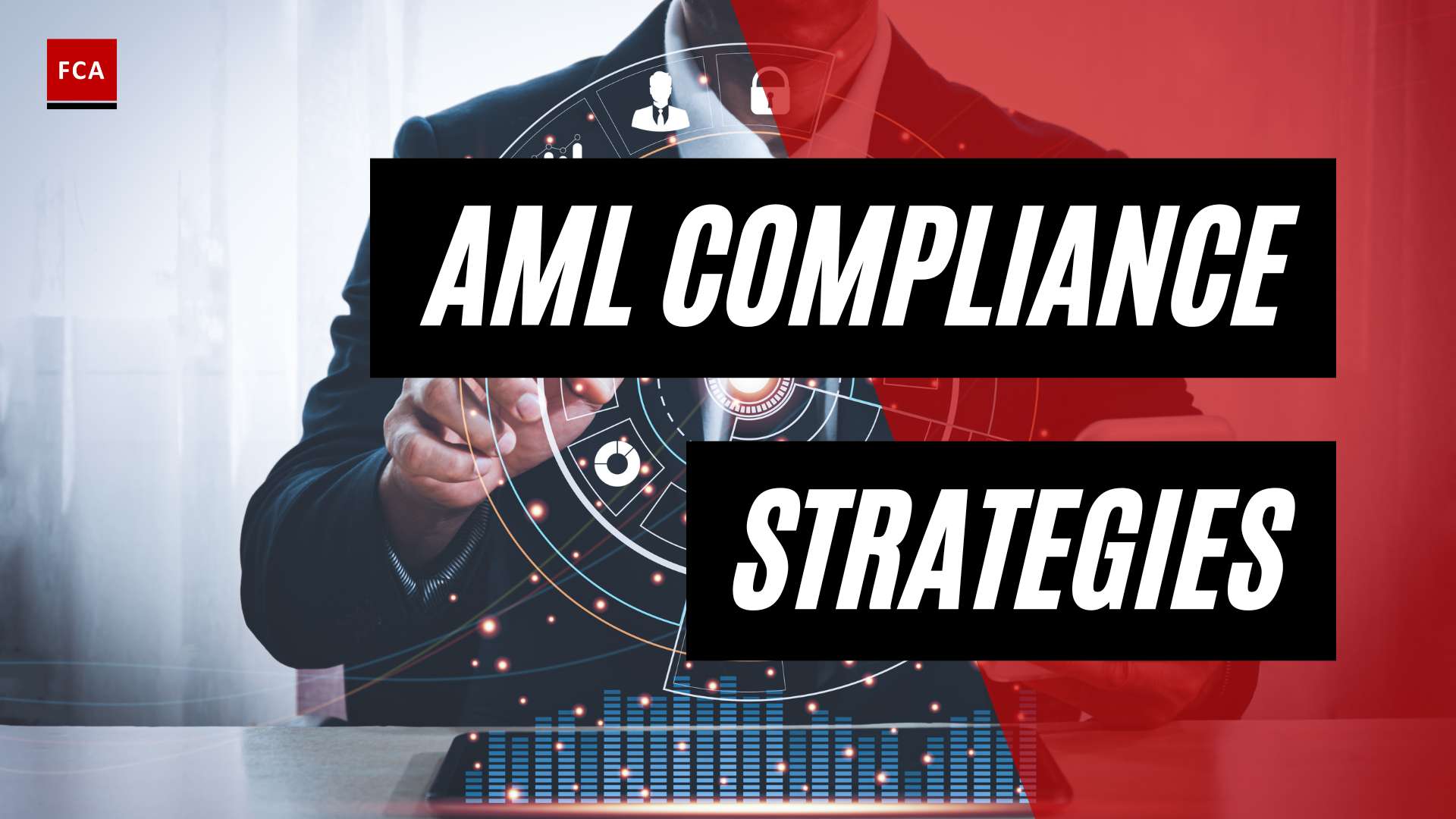Various key risk categories are related to the customers and the products offered by the organization. The means of providing the products and services are also included to categorize the risk into broader ML/TF risks. These broader risk categories arise due to the vast number, types, and location of customers, for whom the accounts are to be opened.
The customer risk needs to be identified and recorded for ongoing due diligence and monitoring. The account opening team and the AML team of the organization are required to, follow the AML/KYC regulatory requirements, which require organizations to identify and document the customer-related risks factors and categories.
The regulatory framework for AML is applicable in the form of AML/CFT regulations which require organizations to focus on the areas where related ML/TF risks are relatively high to allocate resources most effectively. Accordingly, enabling environment is required to be created by the Board of Directors and the Management, for the effective implementation of a risk-based approach considering internal policies, procedures, and risk parameters, of the organization.

Overview of Key Risk Categories
Organizations profile every new customer using their judgment and the information obtained through CDD/KYC process at the onboarding stage.
Below are the risk categories, which an organization faces, due to the vast number and types of customers, its products, services, and channels used to provide the services to the customers:
- Customer risk
- Jurisdiction risk
- Product risk
- Channel risk
Customer risk is the risk that a particular customer or group of customers may perform money laundering or terrorist financing activities. As per AML/CFT regulatory requirements, the enhanced due diligence measures are to be performed for the high-risk category customers, such as PEPs. The compliance program and AML/CFT policy must contain the EDD measures, to be applied in cases of red flags issuance and the identification of the customers as high-risk customers.
Jurisdiction risk has typically referred to the additional risk created by investing in, or lending cross border to, a foreign country in the context of credit facilities. The customers of the organization may belong to different jurisdictions or may have business relationships with the residents of different jurisdictions. This creates the risk of ML/TF because, there may be situations when the country or jurisdiction to which the customers belong or have business relationships, may have weak or poor AML/KYC controls.
With the introduction of the RBA as the overriding principle in the fight against money laundering and financial crime, jurisdiction risk factors were identified as being relevant to assessing the financial crime risk of the customer.
Product risk is the risk that products or services offered to the customers may be misused by the customers, for money laundering or terrorist financing activities. As a best practice, the organization, before designing, developing, and offering the products or services to the customers, performs research, market studies, and perform ML/TF risk assessment. Product-related ML/TF risk assessment is necessary to identify and understand the possible ways, which customers may utilize for materializing their malicious intentions or conduct money laundering and terrorist financing activities.
Products that are offered by the organizations, such as banks are required to have complied with the applicable regulatory requirements. The challenge faced by banks, is due to the interdependency on the service providers, without whom support the products may not be offered to the customers, such as the ATM network operations, digital banking solutions, etc. These factors contribute to product risk, where desired controls may not be devised by the organization itself and reliance may need to be placed on the controls of the service providers.
The organization uses different channels to serve the customers including individuals, businesses, and companies. Such channels may be the remittance channels, cash-based transactions, normal fund transfer channels, wire transfers, etc.
Channel risk is the misuse of the financial channel, provided to the customers by the financial institution, for money laundering, and/or terrorist financing. The type and characteristics of the channels used to provide services to the customers may significantly impact the risk of money laundering and terrorist financing. Organizations are required not to open fictitious accounts and initiate transactions, which lack apparent economic sense or to be processed using high-risk channels.
Final Thoughts
A business risk jeopardizes a company’s financial objectives. customer risk, jurisdiction risk, product risk, and channel risk are examples of internal and external business risks. When there is potential uncertainty about strategy, profits, compliance, the environment, health, and safety, businesses face business risks. Business risks can have an impact on a company’s bottom line as well as its consumer reputation, and risk management plans can help mitigate them.








